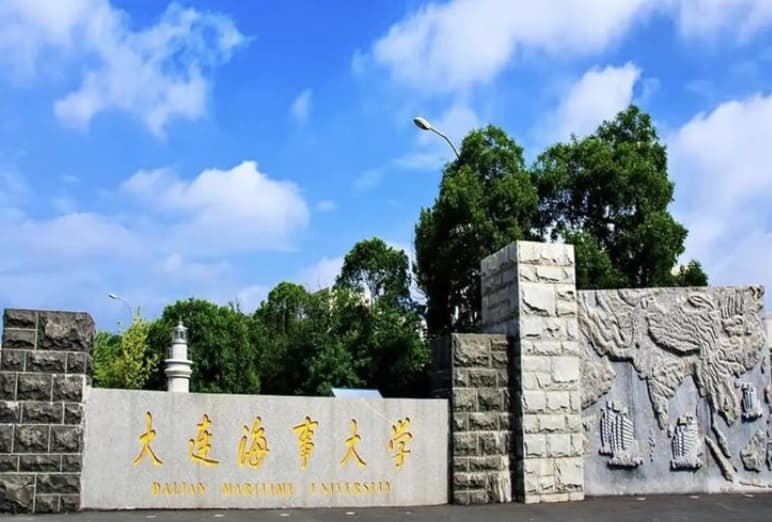Mastering English II Translation: Your Essential Guide to Common Challenges
Are you struggling with English II translation tasks? Fear not! This guide is here to demystify the process and equip you with the skills to tackle even the trickiest sentences. Whether you're dealing with complex grammatical structures or nuanced vocabulary, we've got you covered. Below, you'll find answers to some of the most frequently asked questions about translation techniques, all designed to help you boost your confidence and performance on exam day.
1. How Can I Improve My Accuracy When Translating Sentences?
Accuracy is key in translation, and improving it requires a mix of practice, attention to detail, and a solid understanding of both languages. One effective strategy is to break down sentences into smaller units before translating. This helps you focus on each part without getting overwhelmed. For example, if you encounter a sentence with multiple clauses, tackle each clause separately before combining them into the final translation.
Another tip is to familiarize yourself with common grammatical structures in both English and Chinese. Understanding these patterns can significantly reduce errors. For instance, English often uses passive voice, while Chinese tends to favor active constructions. Being aware of these differences can help you avoid misinterpretations. Additionally, practicing with a variety of texts can expose you to different writing styles and improve your ability to handle unfamiliar vocabulary. Remember, consistency is key—regular practice will gradually build your accuracy over time.
2. What Are the Best Techniques for Handling Idioms and Cultural References?
Idioms and cultural references can be particularly challenging in translation, but there are ways to navigate them effectively. First, try to understand the underlying meaning of the idiom in its original context. For example, if the sentence includes a phrase like "break the ice," you might translate it as "start a conversation" or "make people feel comfortable" depending on the situation. Direct translations often don't make sense in the target language, so creativity is essential.
When dealing with cultural references, it's helpful to research the background to ensure an accurate translation. If the text mentions a holiday or custom, explaining it in parentheses can be useful if the reference isn't widely known. For instance, if the sentence refers to "Chinese New Year," you might add a note like "(the Chinese Lunar New Year)" to clarify. Another approach is to find equivalent expressions in the target language that convey a similar cultural nuance. This might require some trial and error, but it often results in a more natural and culturally appropriate translation.
3. How Do I Maintain the Original Tone and Style in My Translations?
Preserving the tone and style of the original text is crucial for effective translation. To achieve this, pay close attention to the author's voice—whether it's formal, informal, humorous, or serious. One way to maintain the tone is by selecting words that reflect the original's mood. For example, if the source text uses sarcastic language, your translation should mirror that wit to keep the intended effect.
Another strategy is to vary your sentence structure to match the rhythm of the original. Long, complex sentences might require shorter, more direct translations, while concise texts might benefit from slightly more elaborated phrasing. Additionally, be mindful of cultural differences that could affect how tone is perceived. For instance, what's considered humorous in one culture might not land the same way in another. When in doubt, reading the translation aloud can help you gauge whether it captures the original's flow and feel. With practice, you'll develop a better intuition for maintaining tone and style across different texts.


.jpg)

.jpg)
.jpg)
.jpg)



.jpg)